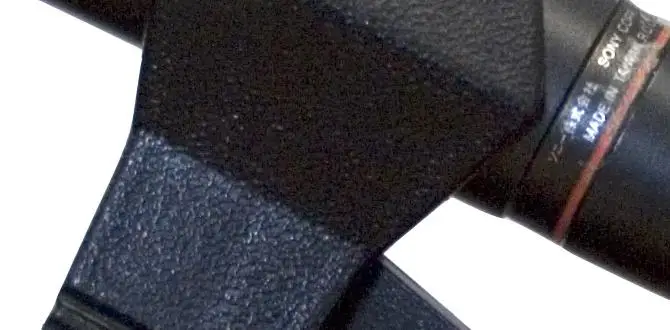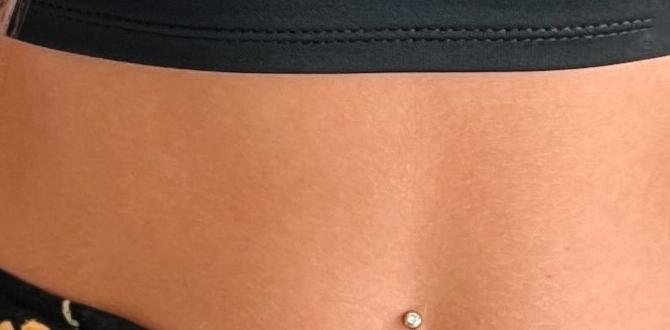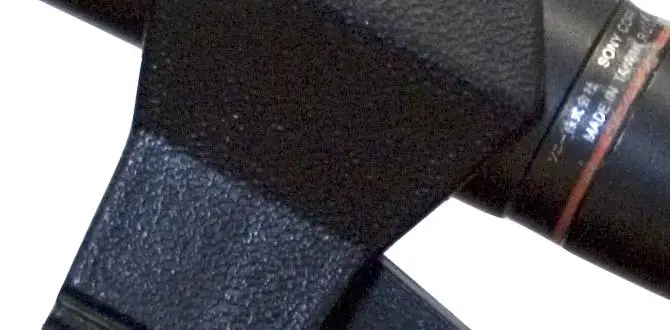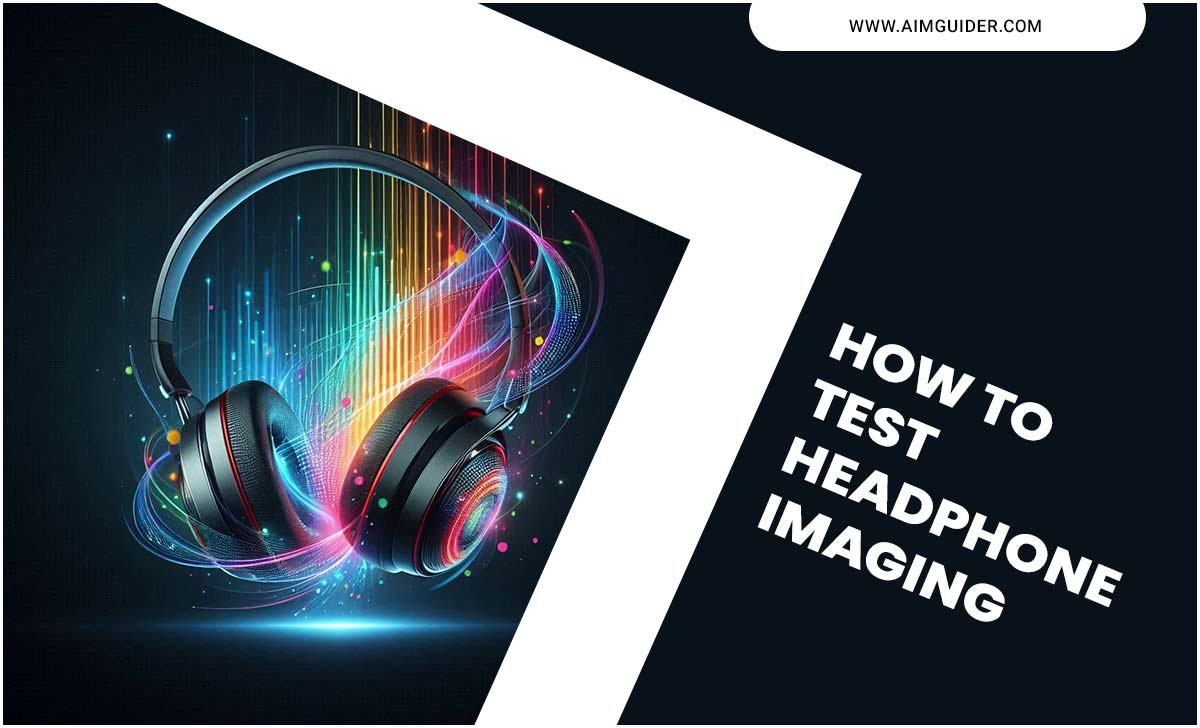Have you ever wondered why some podcasts sound professional while others do not? The secret often lies in the microphone setup for podcasting. A good microphone can make your voice clear and crisp. It can draw listeners in and keep them engaged.
Imagine sitting in your cozy chair, the lights dimmed, and your favorite show playing. The host’s voice is warm and inviting. You feel like they’re talking just to you. This magic happens because of the right microphone setup.
In this article, we will explore how to choose the best microphone. We will also share easy tips on setting it up for your podcast. With the right tools and a little know-how, you can create sound that keeps your audience coming back for more.
The Ultimate Microphone Setup For Podcasting Success

Microphone Setup for Podcasting
Setting up a microphone for podcasting can feel tricky. Did you know that a good mic can make your voice stand out? First, choose one that fits your budget and style. USB mics are simple to use, while XLR mics offer more quality options. Position your mic at the right distance to avoid muffled sounds. Don’t forget about background noise! Soft furniture can help reduce echo. With a solid setup, your podcast can sound professional, keeping listeners glued to every word.
Types of Microphones for Podcasting
Dynamic vs. Condenser Microphones. USB vs. XLR Microphones.
Choosing the right microphone is key for great podcasting. There are two main types: dynamic and condenser microphones. Dynamic mics are tough and good for loud sounds, while condenser mics catch more detail in soft sounds.
Next, consider USB and XLR types. USB microphones plug directly into computers and are easy to use. XLR microphones need special cables and audio interfaces but offer better sound quality.
- Dynamic Microphones: Durable and handle loud voices.
- Condenser Microphones: Capture subtle details and soft sounds.
- USB Microphones: Simple setup; great for beginners.
- XLR Microphones: Professional quality; requires extra gear.
Choosing the Right Microphone for Your Needs
Factors to consider: budget, recording environment, and voice type. Recommended microphones for beginners and professionals.
Finding the perfect microphone can feel like hunting for a unicorn, but fear not! First, think about your budget. There are great options for both beginners and pros. Next, assess your recording environment. Do you have a quiet space or live in a bustling hive of activity? Lastly, consider your voice type. Some mics make cheerful chipmunks sound like booming bears! Check out the table below for top picks:
| Microphone Type | Budget Level | Best For |
|---|---|---|
| Dynamic Microphone | Affordable | Beginners |
| Condenser Microphone | Mid-range | Intermediate |
| USB Microphone | Budget-friendly | Home Podcasters |
| XLR Microphone | Professional | Experts |
Choosing wisely can turn your podcast from drab to fab faster than you can say “mic check!”
Microphone Accessories for Optimal Sound Quality
Pop filters and windshields. Microphone stands and shock mounts.
Good sound quality is important in podcasting. Pop filters help to reduce annoying sounds, like “popping” from certain letters. Windshields protect against wind noises, keeping your voice clear. Additionally, microphone stands hold your mic steady, so your hands stay free. Shock mounts absorb vibrations that can cause unwanted noise. Together, these accessories make your podcast sound professional.
What are the important microphone accessories?
Some key accessories include pop filters, windshields, microphone stands, and shock mounts.
- Pop filters: Reduce harsh sounds.
- Windshields: Block unwanted wind noise.
- Microphone stands: Stabilize your mic.
- Shock mounts: Absorb vibrations.
Setting Up Your Microphone
Proper placement and positioning techniques. How to minimize background noise.
To set up your microphone like a pro, think about where you place it. It should be close to your mouth but not too close—no one wants to hear your popcorn munching! Keep it about 6-12 inches away. To fight off those pesky background noises, try using a pop filter or a foam cover. These help make your voice shine, kind of like a superhero cape for your microphone! Other tips include positioning the mic in a quiet room and facing away from any loud sources.
| Technique | Description |
|---|---|
| Proper Placement | 6-12 inches from your mouth |
| Minimize Background Noise | Use a pop filter and choose a quiet room |
With these simple tricks, your podcast will sound amazing. Happy recording!
Connecting Your Microphone to Your Recording Equipment
USB connections vs. audio interfaces. Compatibility with digital audio workstations (DAWs).
Connecting your microphone to recording gear is key to great podcasts. You have two main choices: USB connections and audio interfaces. USB mics are easy to use. They plug right into a computer. Audio interfaces help with sound quality. They allow you to connect multiple mics. Compatibility with Digital Audio Workstations (DAWs) also matters. Most mics work with popular DAWs like Audacity and GarageBand. Make sure yours fits!
What is the best connection type for podcasting microphones?
The best connection often depends on your needs. USB mics are great for beginners. They are simple and cost-effective. On the other hand, audio interfaces offer more options for advanced users.
Advantages of Each Connection Type:
- USB Connections: Easy setup, no extra tools needed.
- Audio Interfaces: Better sound quality, can connect multiple mics.
Testing and Adjusting Your Microphone Input Levels
Importance of gain staging. How to perform audio tests.
Testing your microphone levels is like tuning a guitar—get it right, and it sounds fantastic! Gain staging is crucial; it helps prevent distortion and keeps your audio crisp. To test your microphone, speak normally and watch the level meter. Aim to hit around -12dB to -6dB for the best sound. You don’t want to be too quiet or screaming like a banshee!
| Audio Level | Sound Quality |
|---|---|
| -12dB to -6dB | Clear and balanced |
| Below -12dB | Too quiet |
| Above -6dB | Distorted and loud |
So, speak into that mic and adjust until you hit the sweet spot. You’ll thank yourself later when your listeners are not fumbling for the volume!
Tips for Maintaining Your Podcasting Microphone
Cleaning and handling best practices. Troubleshooting common microphone issues.
Keep your microphone clean and in good shape to sound great! Dust and dirt can affect sound quality. Wipe it with a dry cloth after every use. Avoid touching the microphone too much. Store it in a safe place, away from moisture and pets. If you hear strange noises, check the cable connections first.
- Use a pop filter to reduce unwanted sounds.
- Test your mic before recording.
- Replace batteries if it starts to fade.
What are common troubleshooting tips for microphones?
If your microphone isn’t working, check the connections. Ensure it’s plugged in correctly. If you’re still having problems, try a different cable. Also, see if the software settings are correct. Restarting the computer can fix many small issues too.
Conclusion
In conclusion, a good microphone setup is key for successful podcasting. Choose the right microphone type and position it well. Don’t forget to test your sound before recording. You can enhance your audio quality by using pop filters and soundproofing your space. Start experimenting with these tips, and check out more resources to improve your podcasting skills!
FAQs
What Type Of Microphone Is Best Suited For Podcasting: Dynamic Or Condenser, And Why?
A dynamic microphone is best for podcasting. It picks up your voice clearly and ignores background noise. This helps your listeners hear you better without distractions. Plus, it is strong and can last a long time. If you want good sound without lots of fuss, a dynamic mic is a great choice!
How Should I Position My Microphone To Capture Optimal Sound Quality While Recording A Podcast?
To get the best sound for your podcast, hold the microphone close to your mouth, about 6 to 12 inches away. Make sure it is pointed directly at you so it can hear your voice clearly. Try to avoid noisy places, like near windows or doors. You can also use a pop filter to reduce unwanted sounds. This will help your voice sound nice and clear!
What Audio Interface Or Mixer Do I Need For Connecting Multiple Microphones In A Podcasting Setup?
You need an audio interface or mixer that has enough inputs for all your microphones. Look for one with at least four inputs. This way, you can connect each microphone separately. Some popular choices are the Focusrite Scarlett 18i8 and the Behringer Xenyx Q1202. These will help you record clear sound for your podcast!
What Are Some Common Microphone Accessories That Can Enhance The Podcasting Experience, Such As Pop Filters Or Shock Mounts?
To make your podcast sound better, you can use some cool accessories. A pop filter helps stop loud sounds, like “p” and “b,” from making noise. A shock mount keeps the microphone steady, so it doesn’t pick up bumps or movements. You might also use a windscreen, which blocks wind and breath sounds. These accessories help your voice sound clear and smooth!
How Can I Reduce Background Noise In My Recording Environment To Ensure Clearer Audio Quality For My Podcast?
To reduce background noise for your podcast, you can start by choosing a quiet room. Close windows and doors to block outside sounds. Use soft materials like blankets or pillows to absorb noise. If you can, use a good microphone that focuses on your voice. Finally, record during quieter times, like early morning or late evening.








